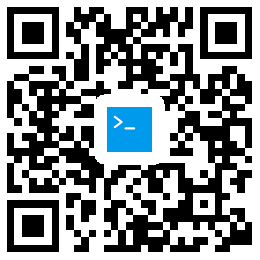这是一个非常简单的Python库,实现了朴素贝叶斯分类器。
示例代码:
"""Suppose you have some texts of news and know their categories.You want to train a system with this pre-categorized/pre-classified texts. So, you have better call this data your training set."""from naiveBayesClassifier import tokenizerfrom naiveBayesClassifier.trainer import Trainerfrom naiveBayesClassifier.classifier import ClassifiernewsTrainer = Trainer(tokenizer.Tokenizer(stop_words = [], signs_to_remove = ["?!#%&"]))# You need to train the system passing each text one by one to the trainer module.newsSet =[ {'text': 'not to eat too much is not enough to lose weight', 'category': 'health'}, {'text': 'Russia is trying to invade Ukraine', 'category': 'politics'}, {'text': 'do not neglect exercise', 'category': 'health'}, {'text': 'Syria is the main issue, Obama says', 'category': 'politics'}, {'text': 'eat to lose weight', 'category': 'health'}, {'text': 'you should not eat much', 'category': 'health'}]for news in newsSet: newsTrainer.train(news['text'], news['category'])# When you have sufficient trained data, you are almost done and can start to use# a classifier.newsClassifier = Classifier(newsTrainer.data, tokenizer.Tokenizer(stop_words = [], signs_to_remove = ["?!#%&"]))# Now you have a classifier which can give a try to classifiy text of news whose# category is unknown, yet.unknownInstance = "Even if I eat too much, is not it possible to lose some weight"classification = newsClassifier.classify(unknownInstance)# the classification variable holds the possible categories sorted by # their probablity valueprint classification









评论